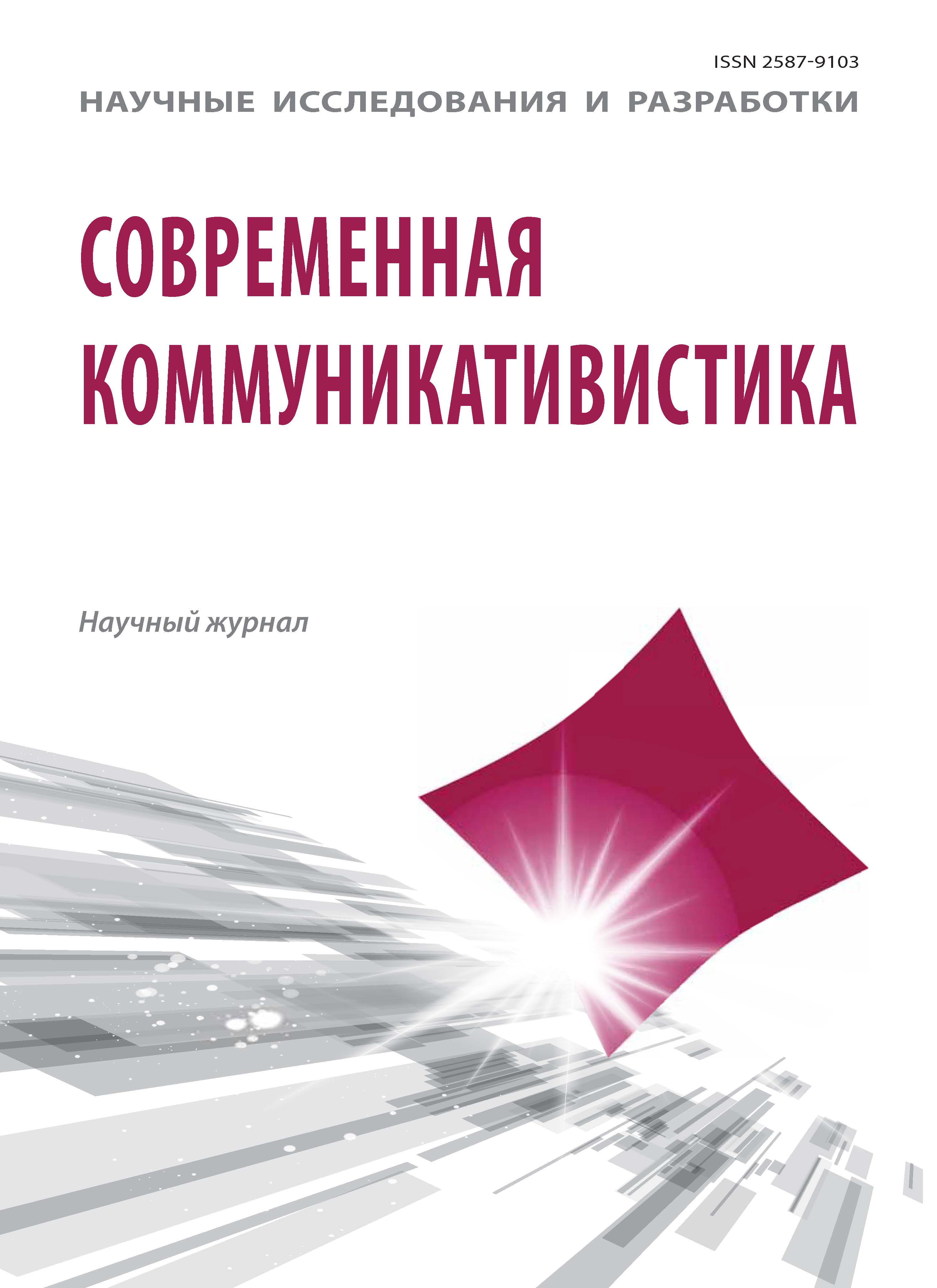Irkutsk, Irkutsk region, Russian Federation
The study examines the military metaphors of the COVID-19 pandemic in the Anglophone media texts. The goal is to explore all these perceptual tactics have been used regarding COVID-19, as a means of constructing narratives and trying to find meaning for both the pandemic, and the disease itself. War metaphors are considered first, as they were particularly frequent and controversial at the beginning of the pandemic. The interpretation of the metaphor goes beyond its traditional understanding as a rhetorical device. This approach is consistent with cognitive theory, which states that a metaphor is a mental tool that reflects how we reason and represent the world. The article deals with specific cases of the metaphorical representation of the pandemic, selected from reports, notes, articles of English-language electronic media. The results obtained prove the widespread use of metaphor in the media, its importance for understanding complex situations, conveying ideas and influencing the audience.
COVID-19; pandemic; coronavirus; metaphor; media; communicative aspect
1. Goykhman O. Communication and education in the context of digitalization and the pandemic // Scientific research and development. Modern communication studies, Volume 9 № 6, 2020, pp. 5-7.
2. Taktarova A. V., Cherkasova M. N. (2022). Pragmalinguistic approach in the ambivalence idea in term of COVID-19 laughter culture. Media Linguistics, 9 (4), 414-430. (In Russian) DOI:https://doi.org/10.21638/spbu22.2022.408 URL: https://medialing.ru/pragmalingvisticheskij-podhod-k-ponyatiyu-ambivalentnosti-na-primere-mediatekstov-perioda-covid-19-s-komicheskim-ehffektom/ (accessed: 12.03.2023)
3. Lakoff G., Johnson M., Metaphors We Live By. The University of Chicago Press, Chicago & London, 1980, p. 3-147
4. Polonskaya O., Polonskaya Ya. COVID-19: On the Peculiarities of Lexical Neoplasms Emerged During the Coronavirus Pandemic (Based on the English Language Material) // Scientific research and development. Modern communication studies, Volume 10 № 6, 2021, pp. 44-48.
5. Baig A.M. Chronic COVID Syndrome: Need for an appropriate medical terminology for Long-COVID and COVID Long-Haulers // Jrn. of Med. Virol. ,2020. URL: https://onlinelibrary.wiley.com/doi/10.1002/jmv.26624 (accessed: 17 March 2022)
6. Bradshaw A., Hietanen J. The dictionary of coronavirus culture / ed. by A. Bradshaw, J. Hietanen. - London : Repeater books, 2020. - 203 p.
7. Chiang W.-Y., and Duann R.-F. Conceptual metaphors for SARS: “war” between whom? Disc. Soc. 18, 2007. Pp. 579-602. doi:https://doi.org/10.1177/0957926507079631
8. Cmiel K. Democratic Eloquence: The Fight Over Popular Speech in Nineteenth century America, University of California Press, Berkley, 1991, p. 21
9. Coronavirus and the New Words We Added to the Dictionary in March 2020. Merriam-webster. URL: https://www.merriam-webster.com/words-at- play/new-dictionary-words-coronavirus-covid-19 (accessed: 18 May 2022).
10. Corpus analysis of the language of Covid-19 (OED, 2020), https://public.oed.com/blog/corpus-analysis- of-the-language-of-covid-19/. (accessed: 17 March 2022)
11. de la Rosa M. V. M. A global war against avian influenza. RAEL 6, 2007. Pp. 16-30.
12. Fauconnier G., Turner M. The Way We Think: Conceptual Blending and the Mind’s Hidden Complexities. Perseus Group, New York, 2002, pp. 17-59, 279-298.
13. Haddad H., Monterero-Martinez S. COVID-19: a metaphor-based neologism and its translation into Arabic. JCOM 19(05), 2020. doihttps://doi.org/10.22323/2.19050201
14. Hodgkin P. Medicine is war: and other medical metaphors. Br. Med. J. 291, 1985. Pp. 1820-1821.
15. Kövecses Z. Extended Conceptual Metaphor Theory. Cambridge University Press, Cambridge, 2020, pp. 93-116.
16. Kövecses Z. Metaphor and Metonymy at the Crossroads Metaphor. de Gruyter Mouton, Berlin, 2003, pp.79-92.
17. Lilleker D., Coman I.A., Gregor M., Novelli E. (eds.). Political Communication and COVID- 19: Governance and Rhetoric in Times of Crisis. Routledge, New York, 2021. 372 p.
18. Ma H., Shen L., Sun H., Xu Z., Xou L., Wu S., Fang, J. Li, Q. Qian. COVID Term: A Bilingual Terminology for COVID-19. Res. Sq. 2020. doi:https://doi.org/10.21203/rs.3.rs-30923/v1
19. O’Hair H. D., O'Hair M. J. Communicating Science in Times of Crisis: Coronavirus. Wiley-Blackwell, New York, 2021. 416 p.
20. Ricks D. 100 Questions & Answers About Coronaviruses. Jones & Bartlett Learning, Burlington, 2021. 250 p.
21. Seedhouse D. The Case for Democracy in the COVID-19 Pandemic. SAGE Publications, London, 2020. 192 p.
22. Sontag S. AIDS and its Metaphors. New York, NY: Farrar, Straus and Giroux. 1989. 131 p.
23. Spence J. S. Covid-19, Exposition and Poetry on Coronavirus: An Education in Literary Notes Uplifting .Clever Fox Publishing, Chennai, 2020. 114 p.
24. Using corpora to track the language of Covid-19: update 2 (OED, 2020), https://public.oed.com/blog/using-corpora-to-track- the-language-of-covid-19-update-2/. (accessed: 17 March 2022)







